Diverse Beverage Offerings
The Out-of-Home Coffee Market is characterized by an expanding array of beverage offerings that cater to diverse consumer preferences. The introduction of specialty drinks, plant-based options, and innovative flavor combinations has broadened the appeal of coffee shops. Recent statistics indicate that nearly 40 percent of coffee consumers are inclined to try new and unique beverages, which encourages coffee retailers to diversify their menus. This trend not only attracts a wider customer base but also enhances the overall experience of out-of-home coffee consumption. As coffee establishments continue to innovate and adapt their offerings, they are likely to capture the interest of consumers seeking variety and novelty in their coffee experiences.
Health and Wellness Trends
The Out-of-Home Coffee Market is increasingly influenced by health and wellness trends, as consumers become more conscious of their dietary choices. The demand for healthier coffee options, such as organic, low-calorie, and functional beverages, is on the rise. Market Research Future indicates that approximately 30 percent of coffee drinkers actively seek out healthier alternatives when purchasing coffee outside the home. This shift prompts coffee retailers to adapt their offerings, incorporating ingredients that align with health-conscious consumer preferences. By embracing this trend, the out-of-home coffee sector not only meets the evolving demands of its clientele but also positions itself favorably in a competitive market.
Convenience and On-the-Go Culture
The Out-of-Home Coffee Market is experiencing a surge in demand driven by the convenience and on-the-go culture prevalent in modern society. Consumers increasingly seek quick and accessible coffee options that fit their busy lifestyles. This trend is reflected in the rise of coffee shops, kiosks, and mobile coffee vendors, which cater to the need for speed and efficiency. According to recent data, approximately 60 percent of coffee consumers prefer purchasing their beverages outside the home, indicating a strong inclination towards out-of-home consumption. This shift not only enhances the market's growth potential but also encourages coffee retailers to innovate their service models, ensuring they meet the evolving preferences of consumers who prioritize convenience.
Social Interaction and Experience
The Out-of-Home Coffee Market thrives on the social interaction and experiential aspects associated with coffee consumption. Coffee shops serve as communal spaces where individuals gather, fostering connections and conversations. This social dimension is particularly appealing to younger demographics, who often view coffee outings as opportunities for socializing. Market data suggests that around 70 percent of millennials prefer visiting coffee shops for their social interactions, which significantly contributes to the industry's growth. As coffee establishments increasingly focus on creating inviting atmospheres and unique experiences, they enhance customer loyalty and attract new patrons, thereby driving the overall expansion of the out-of-home coffee sector.
Technological Advancements in Service Delivery
The Out-of-Home Coffee Market is witnessing a transformation driven by technological advancements in service delivery. Innovations such as mobile ordering apps, contactless payments, and automated coffee machines are reshaping the consumer experience. These technologies enhance convenience and efficiency, allowing customers to order and pay seamlessly. Recent data suggests that nearly 50 percent of coffee consumers utilize mobile apps for ordering, indicating a significant shift towards digital engagement. As coffee retailers adopt these technologies, they not only streamline operations but also cater to the preferences of tech-savvy consumers, thereby fostering growth in the out-of-home coffee market.


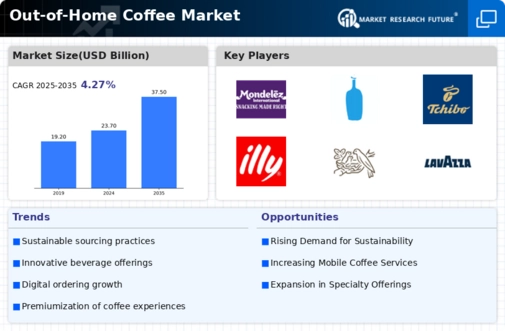
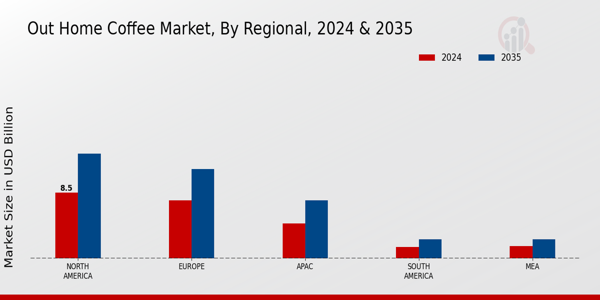
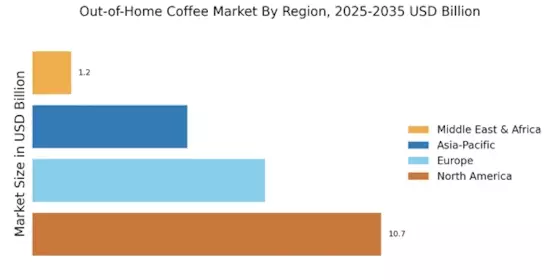
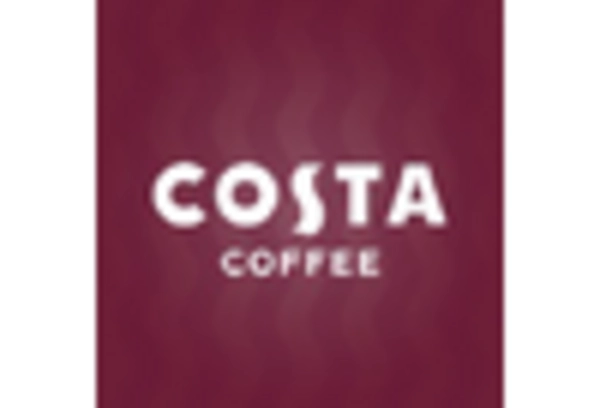
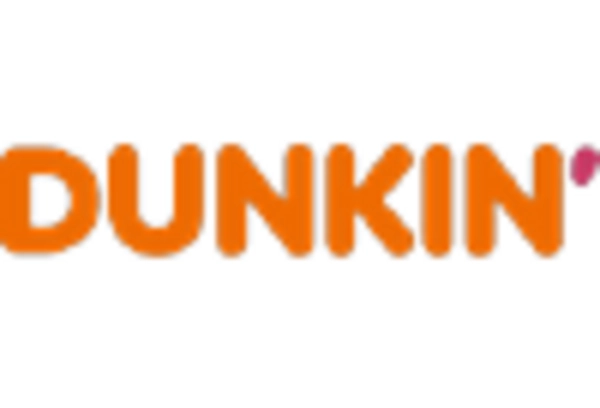
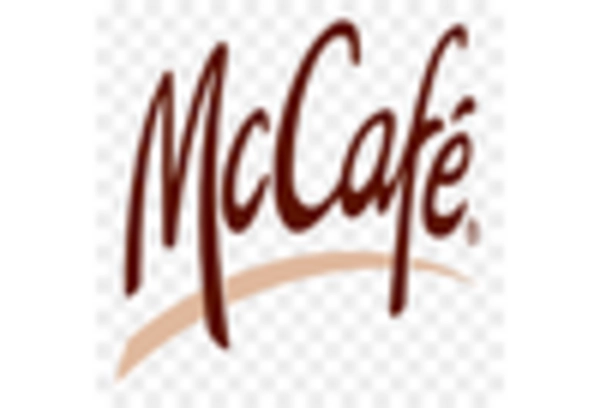

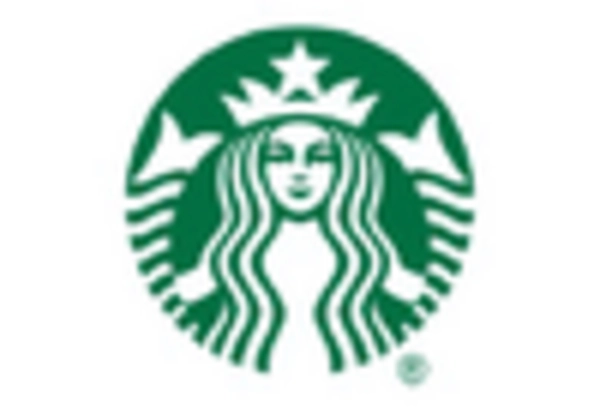
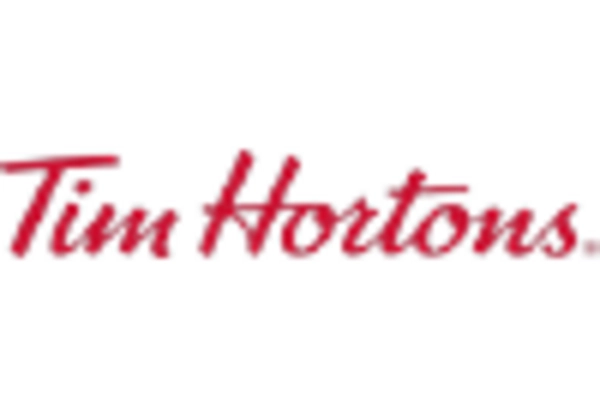








Leave a Comment